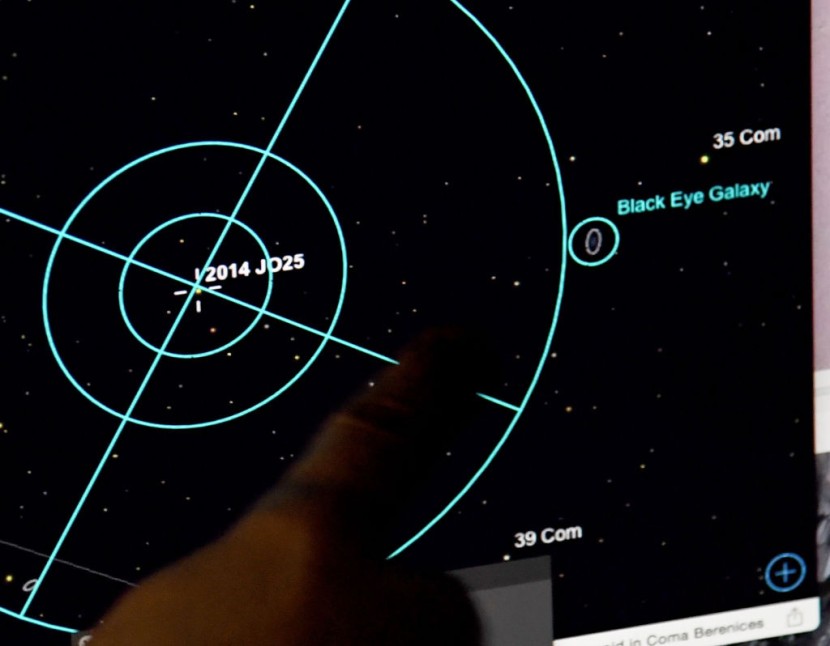
Later this year, an asteroid will come close and possibly pass near the Earth at a 0.41 percent chance based on NASA's data.
Part of NASA's Jet Propulsion Laboratory, the CNEOS or the Center for Near-Earth Object Studies shared that the celestial object which is known as the 2018VP1 is predicted to pass near the planet and with a 0.41 percent hitting just a day before the presidential election in the United States on November 2.
Three potential impacts were shown by the space agency, but based on their 21 observations which spanned for 12.968 days, a direct impact was unlikely to happen.
The celestial object 2018VP1 was first identified in 2018 at California's Palomar Observatory and not considered as a potentially hazardous object because of its small size.
The object has only a diameter of 0.002 km or just about 6.5 feet which is considered small and will not cause alarming damage based on the data of NASA.
For an asteroid or a comet to be considered as a potentially hazardous object, it should have an orbit that is close to Earth and should be huge enough to cause significant damage or regional destruction if it will ever hit the planet.
The closest an object could fly past Earth was recorded over the southern waters of the Indian Ocean as an asteroid flew just 1,830 miles away.
The said object, known as asteroid 2020 GC was detected by the Zwicky Transient Facility which is a robotic camera that scans the sky at that time, and based on the observation the size of the object was close to a size of a large car.
The 2020 GC's small size meant that the asteroid did not pose much of a threat to the planet.
Even it will have a course that will directly impact Earth still there will be no threat as its small size will just break up in the atmosphere of Earth.
According to ABC, Director of CNEOS, Paul Chodas shared that what he witnessed was cool, from the asteroid that came that close to the bending of the trajectory by the celestial object due to the Earth's gravity.
He also added that their calculations reflect that the 2020 GC got turned around by 45 degrees as it was pushed away by Earth.
Director of the Southwest Research Institute's department of space studies, Bill Bottke stated that asteroids having the same size hit the planet numerous times but he emphasized that it was just it is not dangerous.
Bottke also mentioned that it is not alarming.
Based on the current data gathered by NASA, as of the moment, there are currently 992, 210 identified asteroids in the space. These asteroids or celestial objects are just rocky remnants which are leftovers the solar system's early formation about 4.6 billion years.
Moreover, the main reason why Asteroid 2018VP1 has been noted by the space agency is because it keeps track of all asteroids that go near the planet as part of its efforts on planetary defense.
Related article: Asteroid Makes Staggering Approach to Earth, NASA Did Not See It Coming








